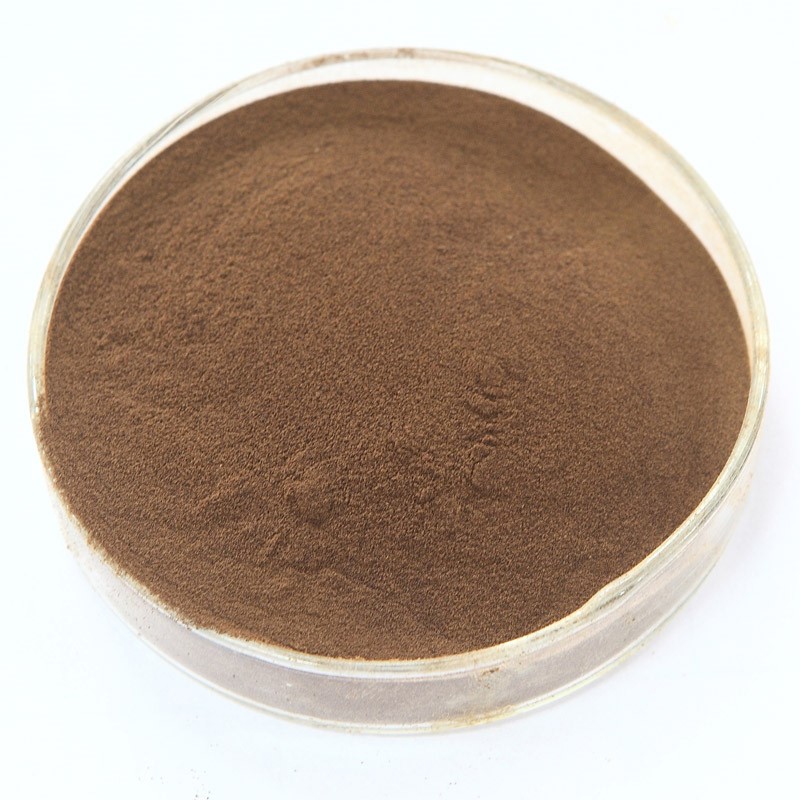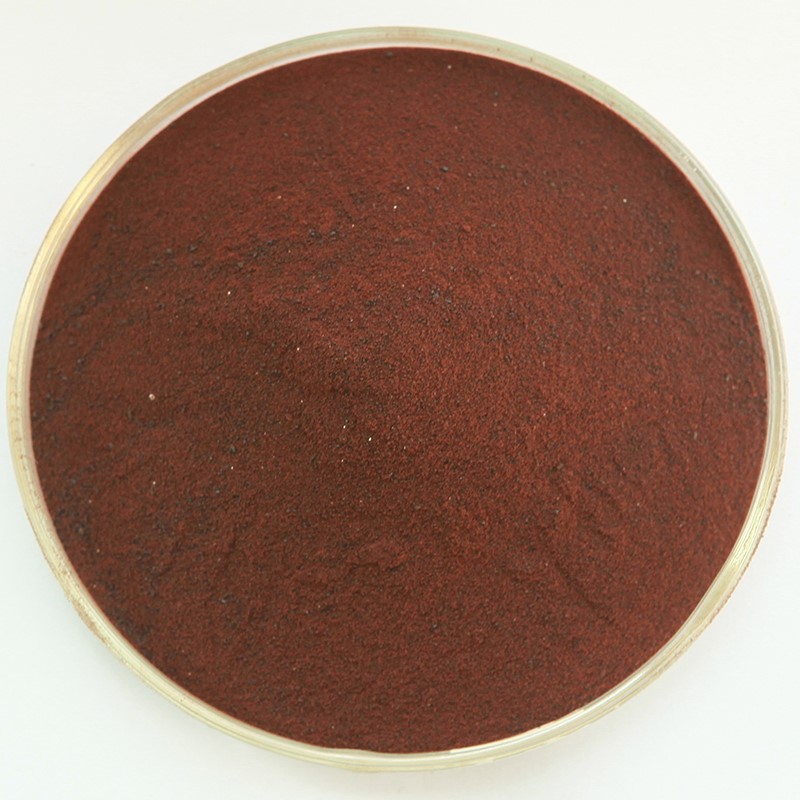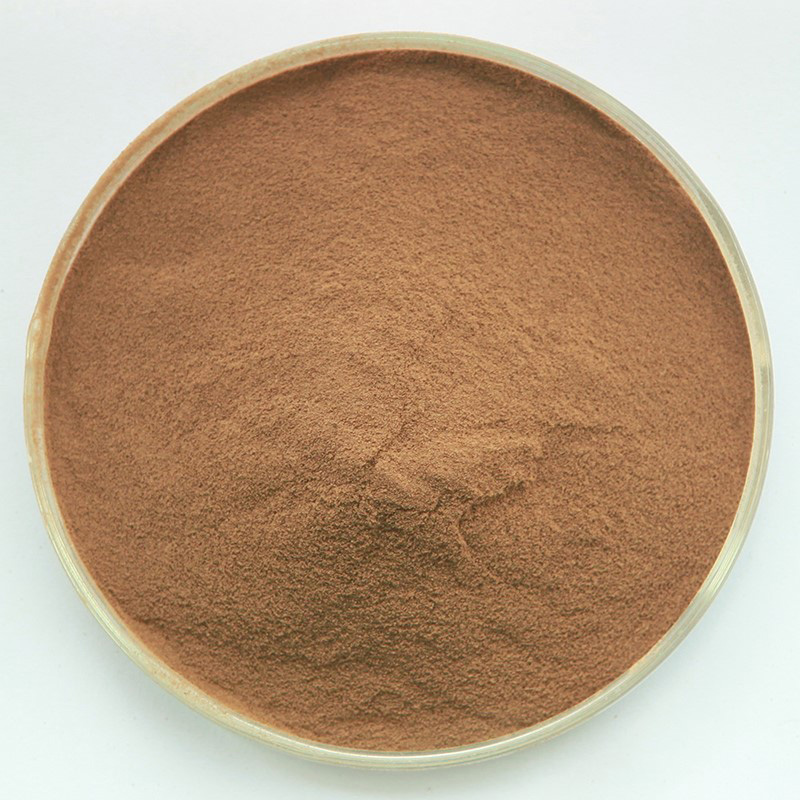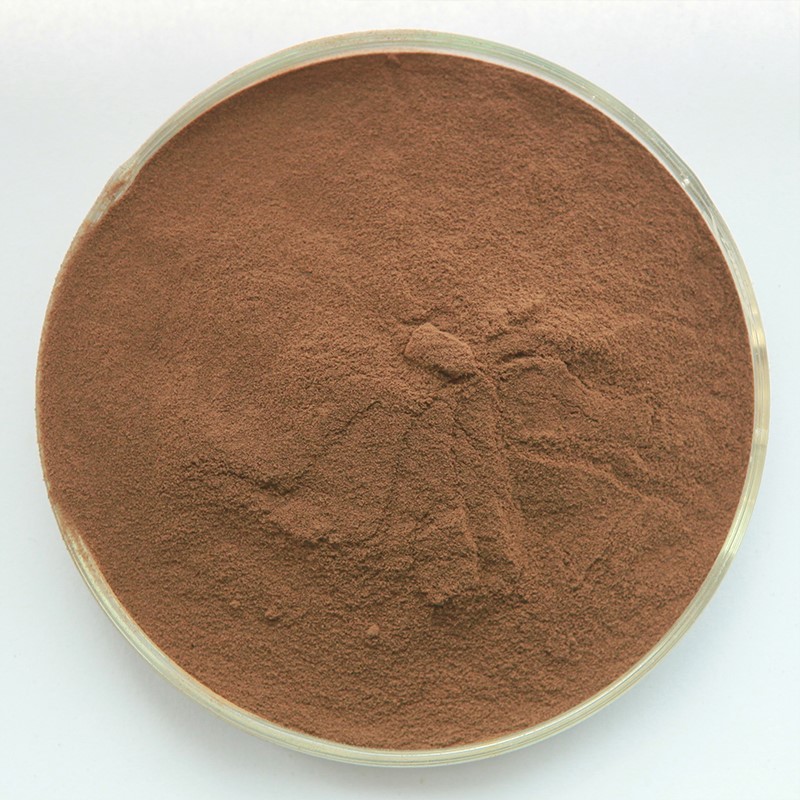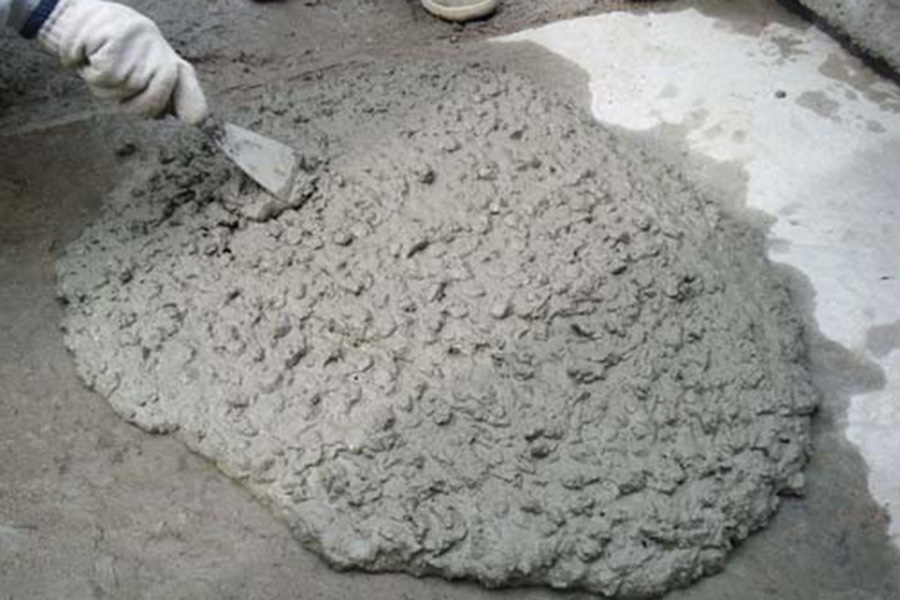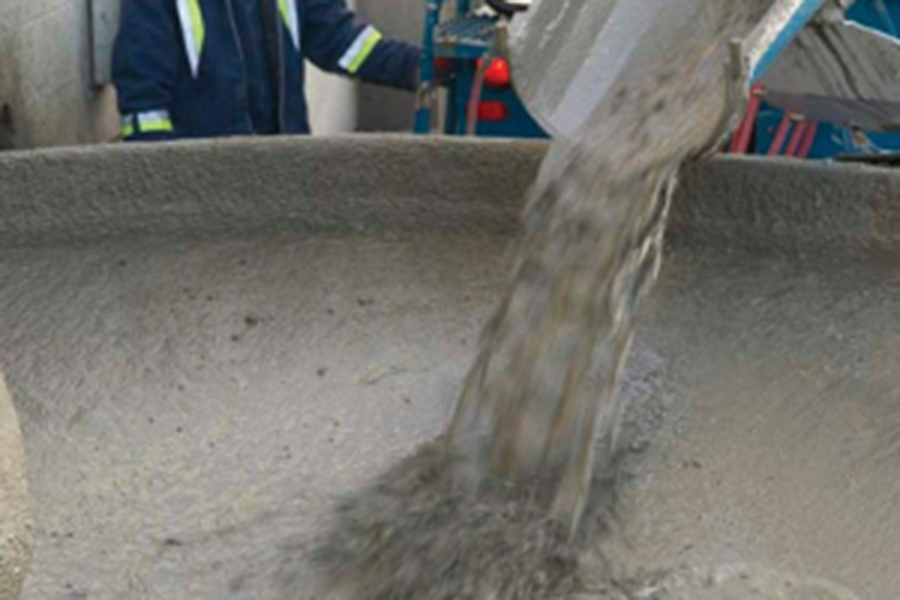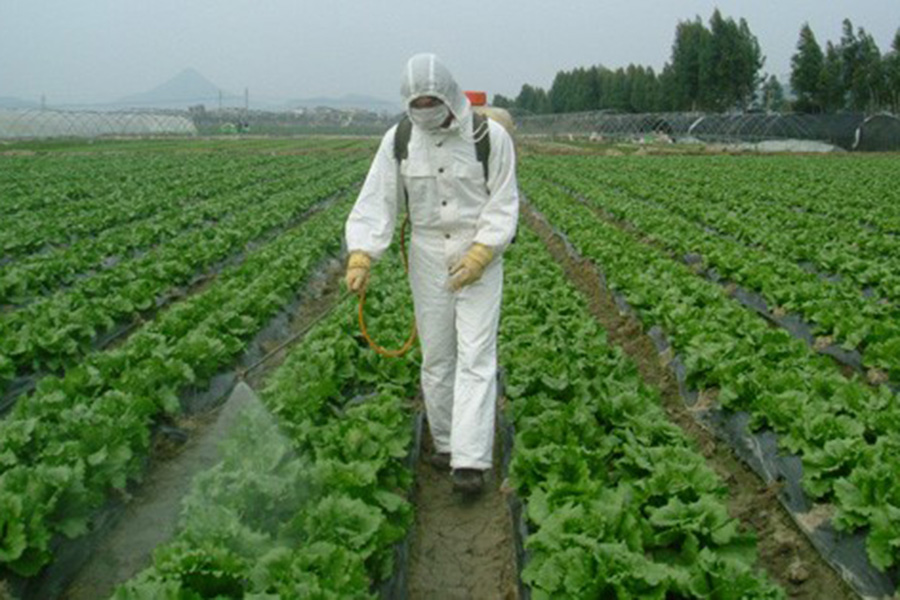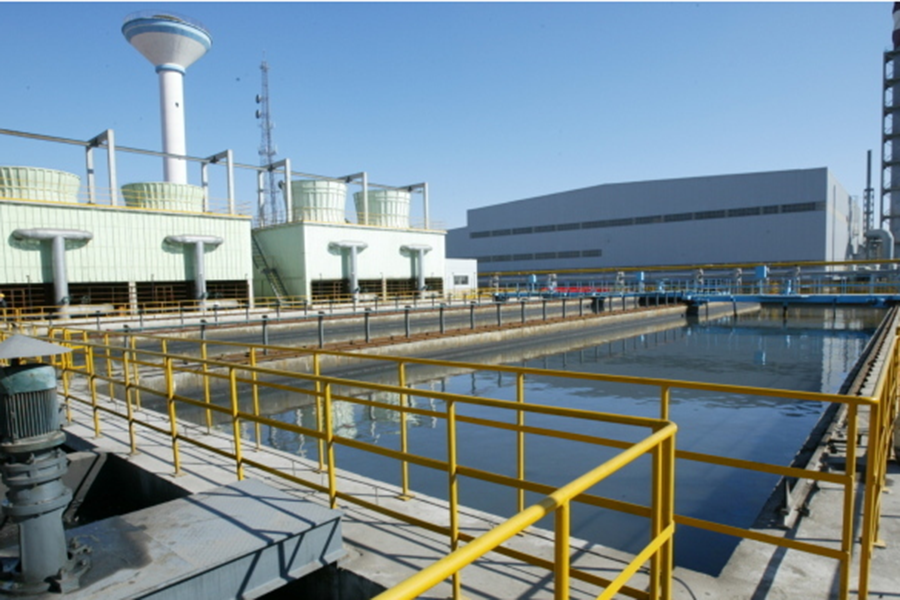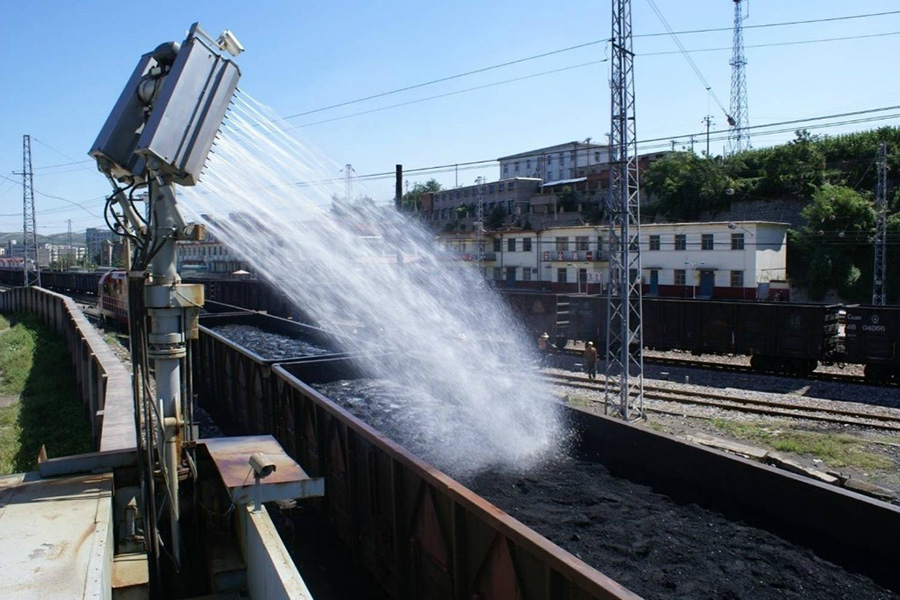Lignin is the second most abundant renewable resource in nature. It exists in large amounts in pulping waste liquid, a very small amount of which is recycled and reused, and all the rest is discharged into nature, causing serious environmental pollution. In today’s society, resource shortage and environmental pollution have become two major problems that human society urgently needs to solve. Because of its special structure, lignin has been developed and used as a basic material in the chemical industry. The perfect combination of social and economic benefits has been realized, and a win-win situation has been achieved.
The structure of lignin is complex, and the change of its structure depends on the type of plant and the separation method. Therefore, the lignin structure of hardwood sources is different from that of herbaceous plants and annual crops. However, different separation methods will result in different types of lignin. Sulfite pulping can produce soluble lignosulfonates, and kraft pulping under alkaline conditions can produce lignin that is insoluble in water but soluble in alkali. Sulfate lignin and alkali lignin, these lignins are the main source of industrial raw materials. Among all lignins, sulfate lignin is considered to be a good raw material for the production of wood adhesives.
The structure of lignin contains many active groups, and lignin itself and its modified products have been used in various aspects. In cement and construction engineering, lignosulfonate can effectively improve the fluidity of cement and is the most widely used concrete water reducer. At present, about 50% of it is produced by the separation process of pulping and papermaking. Lignosulfonates are used as cement additives.
In terms of biological fertilizers, the lignin structure contains elements required for plant growth. These nutrients can be slowly released as the lignin itself degrades, so it can be used as a controlled-release functional fertilizer. Lignin can also be chemically combined with pesticide molecules through simple chemical reactions, and can be used as a carrier for slow-release pesticides, which is conducive to prolonging the effect of pesticide application, so that it can still achieve the effect of pest control under less dosage conditions. Reduce environmental pollution caused by unreasonable use of pesticides and reduce pesticide input costs.
In water treatment, various industrial lignins and their modified products have good adsorption properties, not only can adsorb metal ions, but also can be used to adsorb anions, organics and other substances in water, thereby purifying water quality.
Post time: Sep-07-2021


